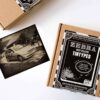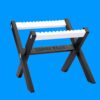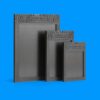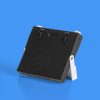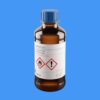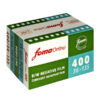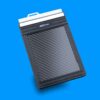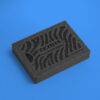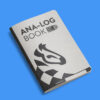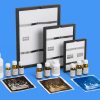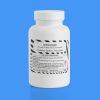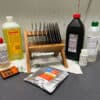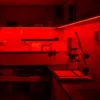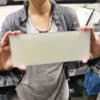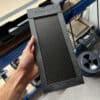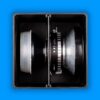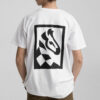Reuse scrap Dry Plates & Large Format Film

If you shoot analog on a regular basis you know how much film gets wasted due to experimenting, failed exposures and so on. In a very short time you are left with a stack of unusable film. I have the exact same problem with dry plates and because nature already has enough weist on its shoulders I would like to show you how dry plates or even modern film can be recoated and reused.
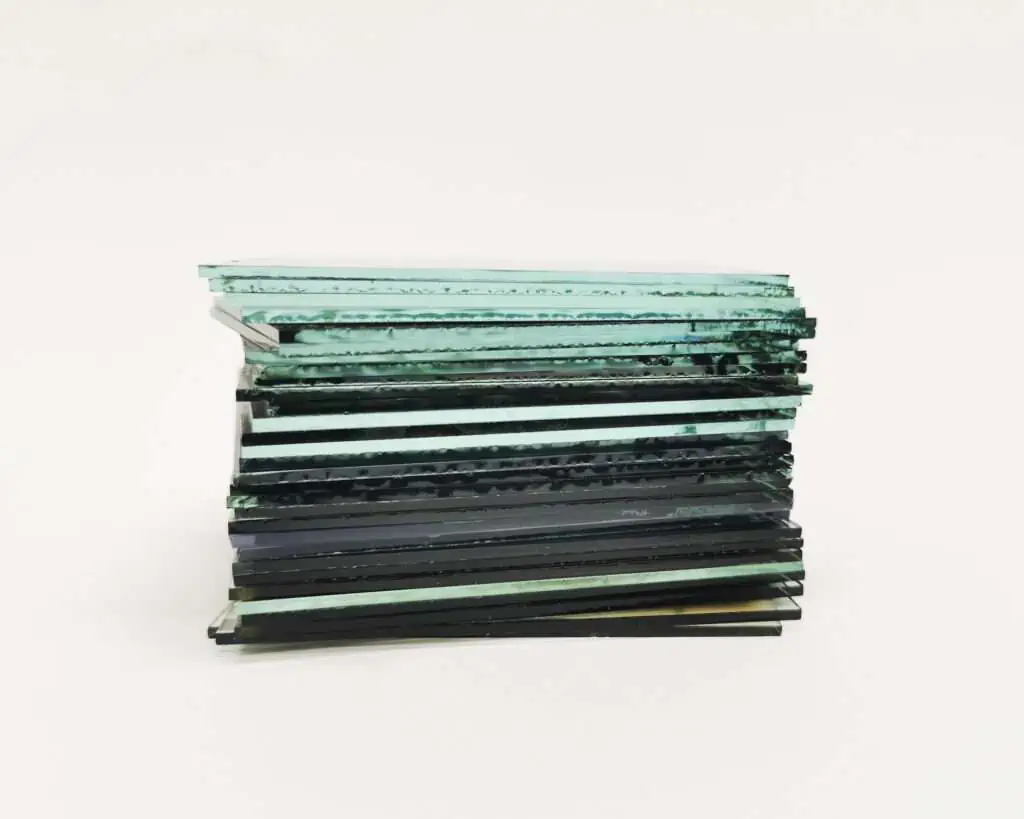
Types of base / support ?
Emulsion can be coated on different transparent surfaces. When making glass dry plates light sensitive emulsion is coated directly on a glass support as opposed to the modern films which mostly use transparent polyester. Each one of them has its pluses and minuses.
- Glass is very delicate and can break easily but with proper handling it will preserve the image forever!
- Polyester on the other hand can be bent, rolled and packet in a tiny little film case but it can scratch easily or curl and buckle if not stored properly.
This is why when removing the emulsion from polyester base and re-coating you need to be more careful.
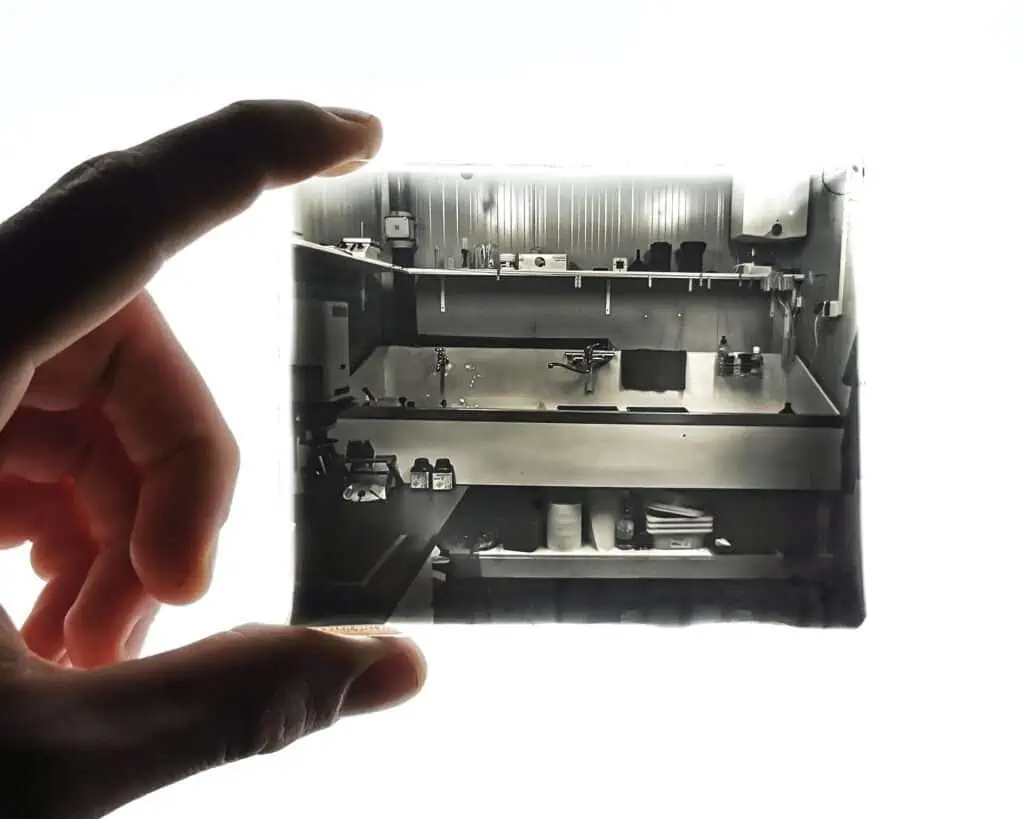
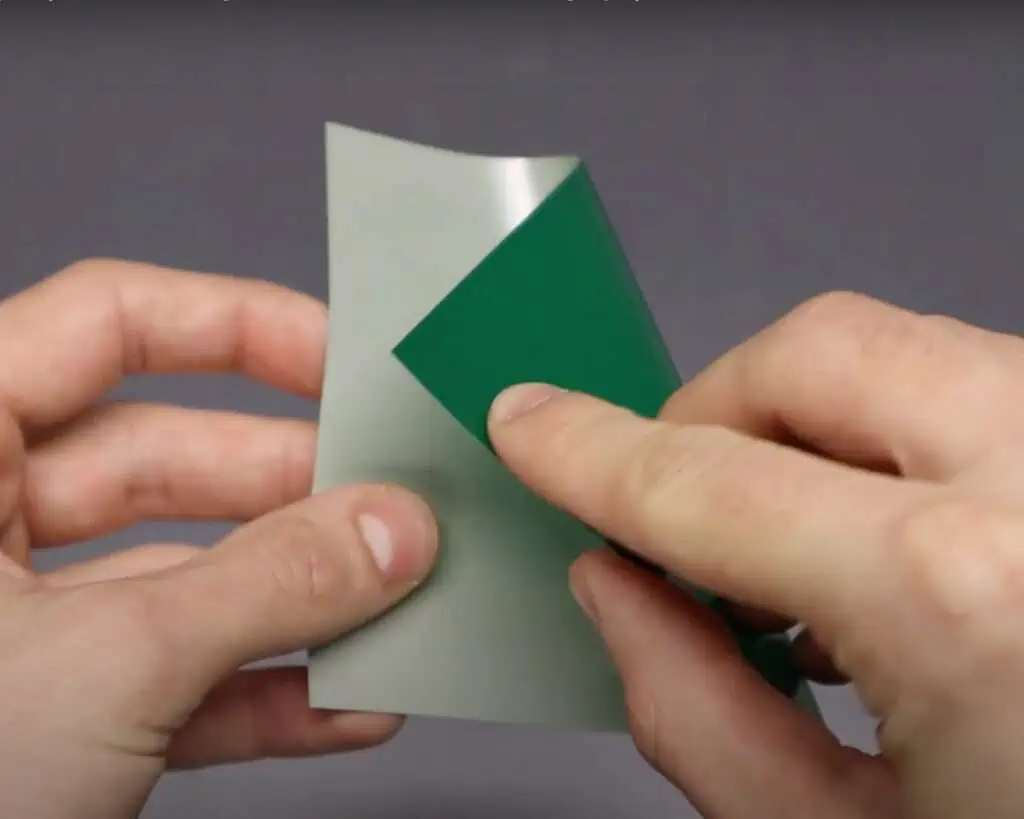
How to remove the emulsion layer?
In order for the silver halides to stay on the base and spread evenly most of the emulsions use different types of organic gelatine. When heated the gelatine liquifies so emulsion is coated on the support and dried. Logical thing to do when removing the emulsion would be to heat it up again but because of additional additives this is not always the case.
If you go through the forums you will see photographers recommending to just throw the unsuccessful plate or film straight into the fixer which will indeed make it clear but it will just remove the unexposed silver halides leaving the gelatine emulsion behind. Not ideal if you want to re-coat the base.
There are two ways to remove everything:
1. If the emulsion does not contain hardener it will simply melt off by using hot water.
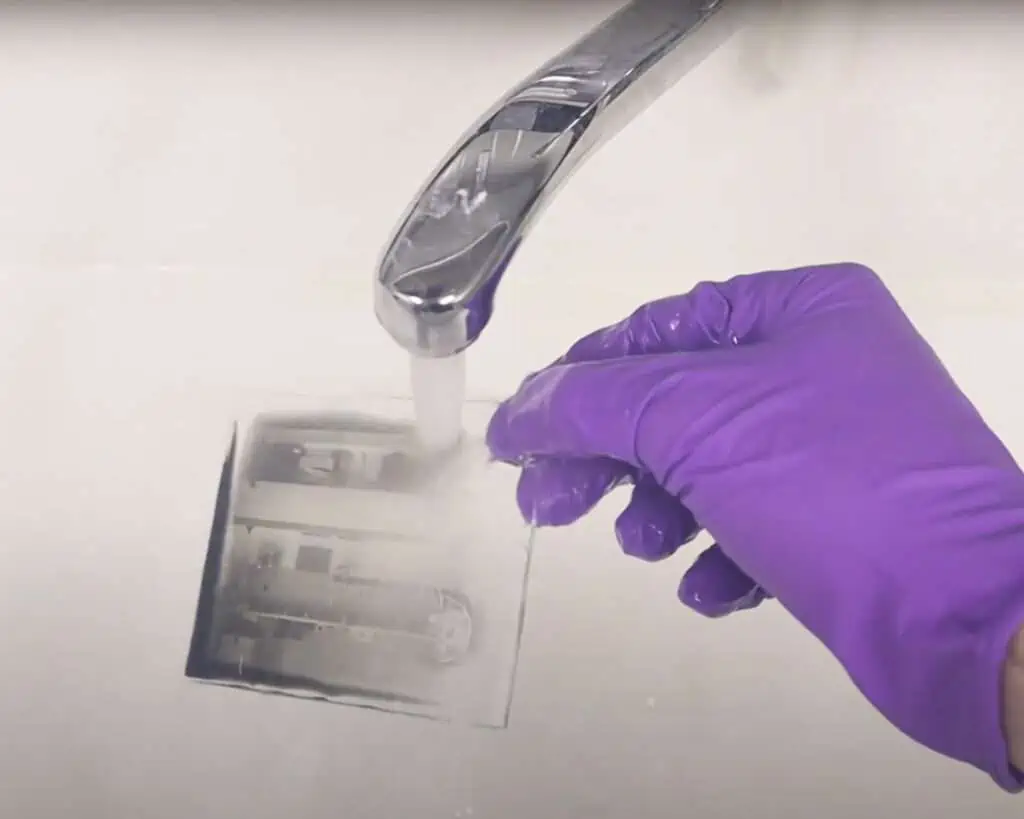
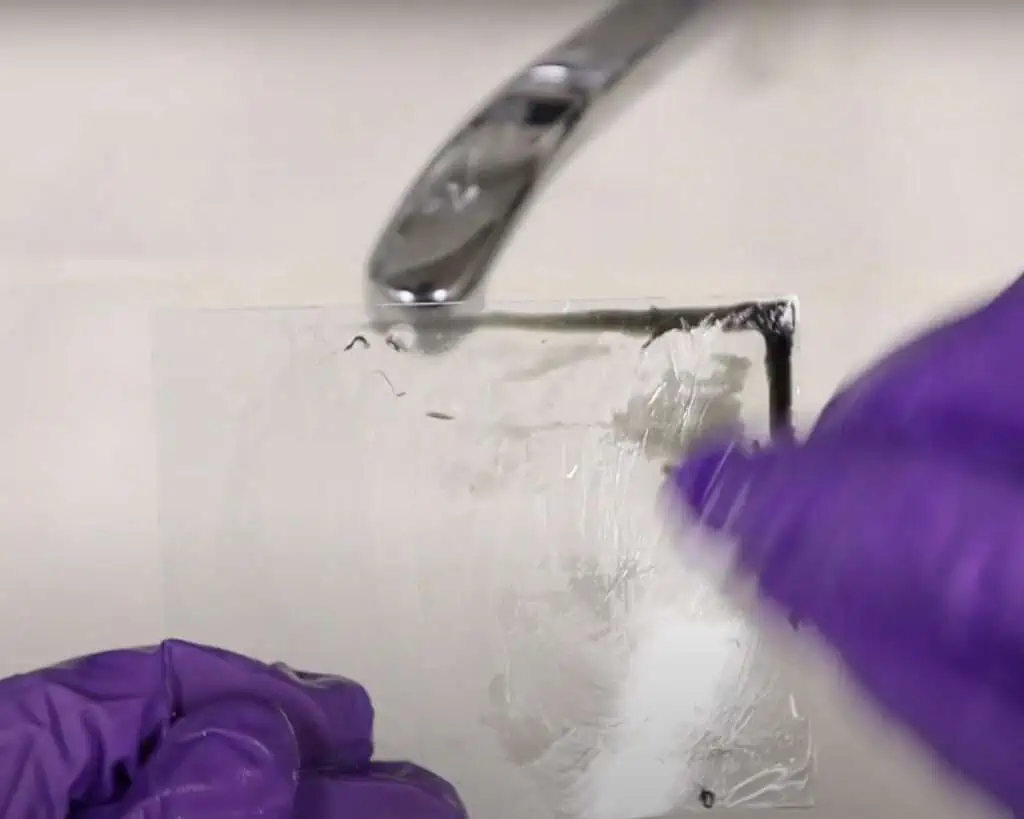
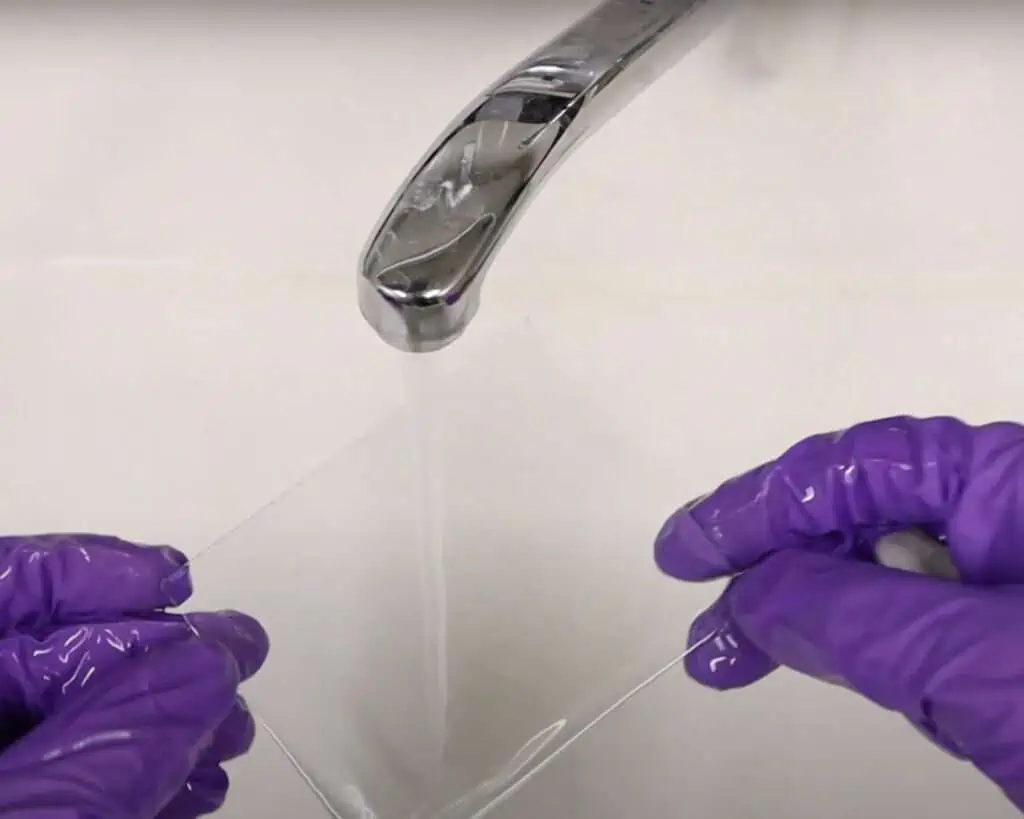
2. If there is hardener added like in most of the modern films removal of the emulsion will be much harder as it is resistant to higher temperatures.
Here is an example of a dry plate that was coated with emulsion that contains hardener. You can see that it is not going anywhere even if the water is hot up to 70 C.
We need something that dissolves the gelatine and that is Sodium Hypochlorite. I know it sounds complex but it can be found in most bleaches for clothing. This is a Slovenian version of it.
I just fill a glass container with it and slide in my dry plate and exposed film sheet. With a bit of agitation you will see how the emulsion layer will slowly start to disolve. It takes a few minutes usually.
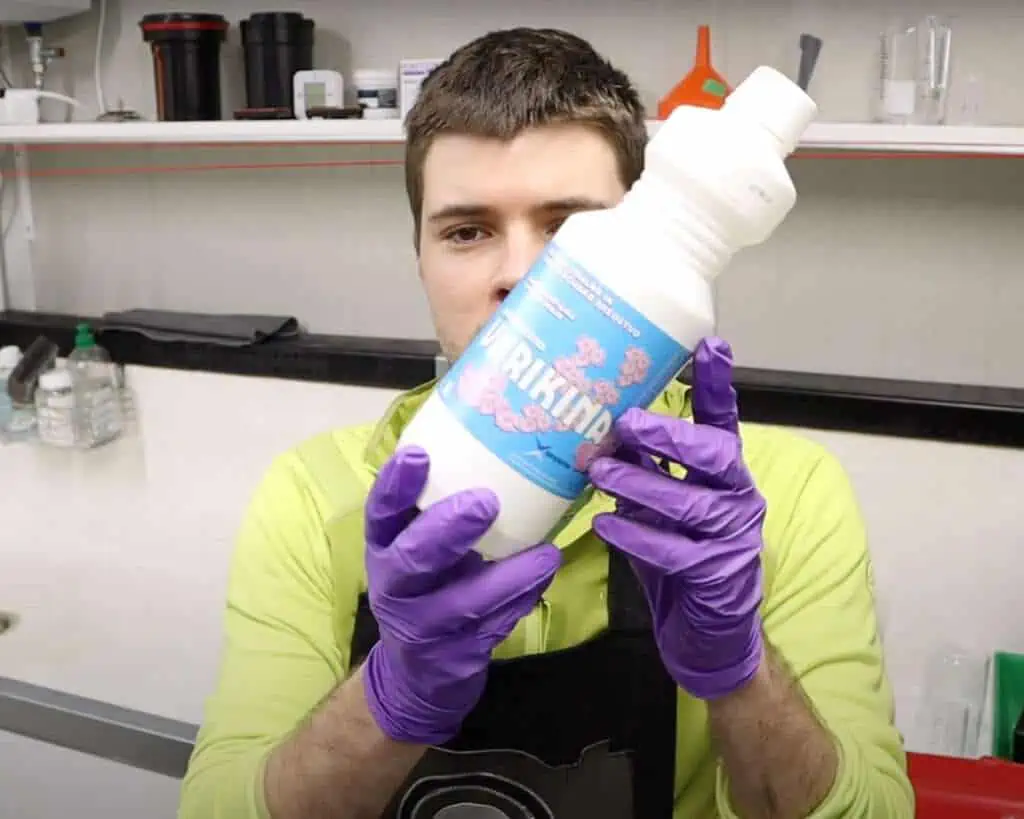
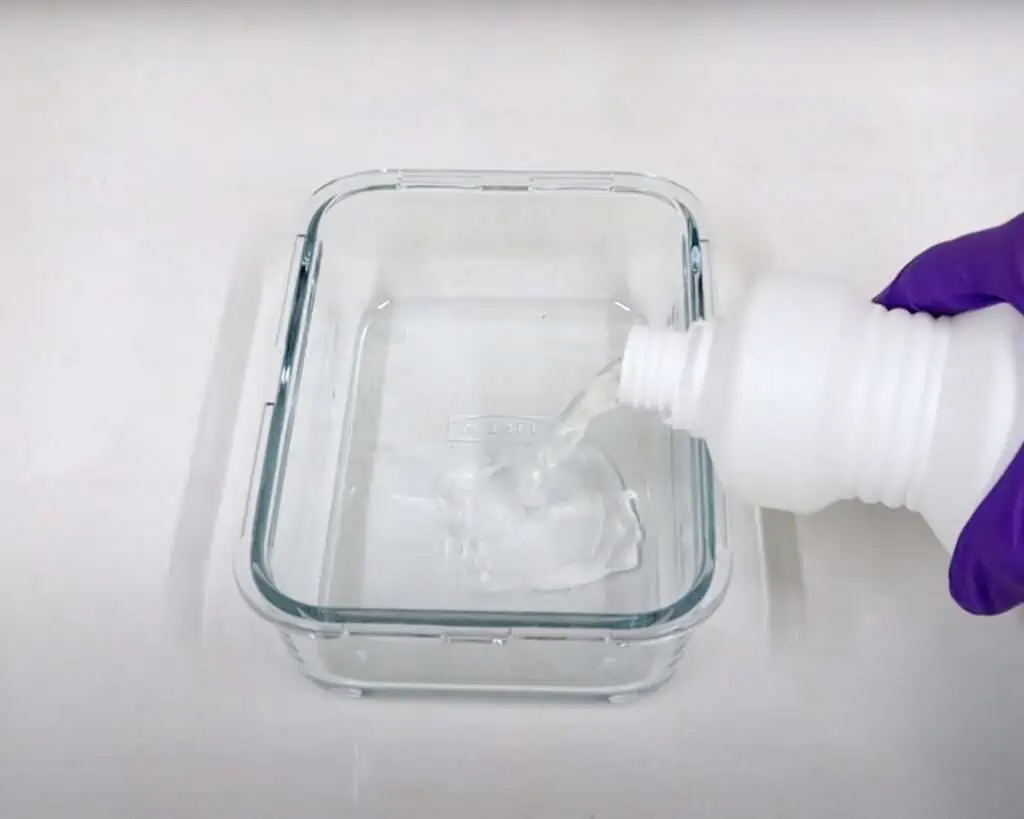
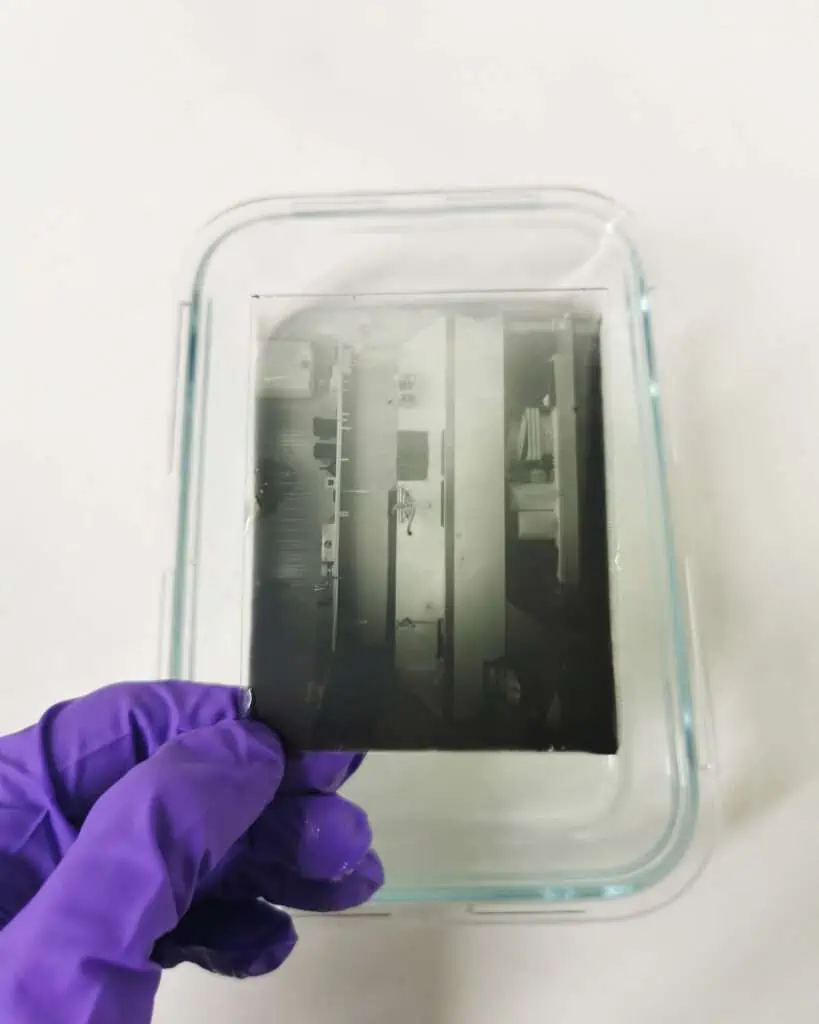
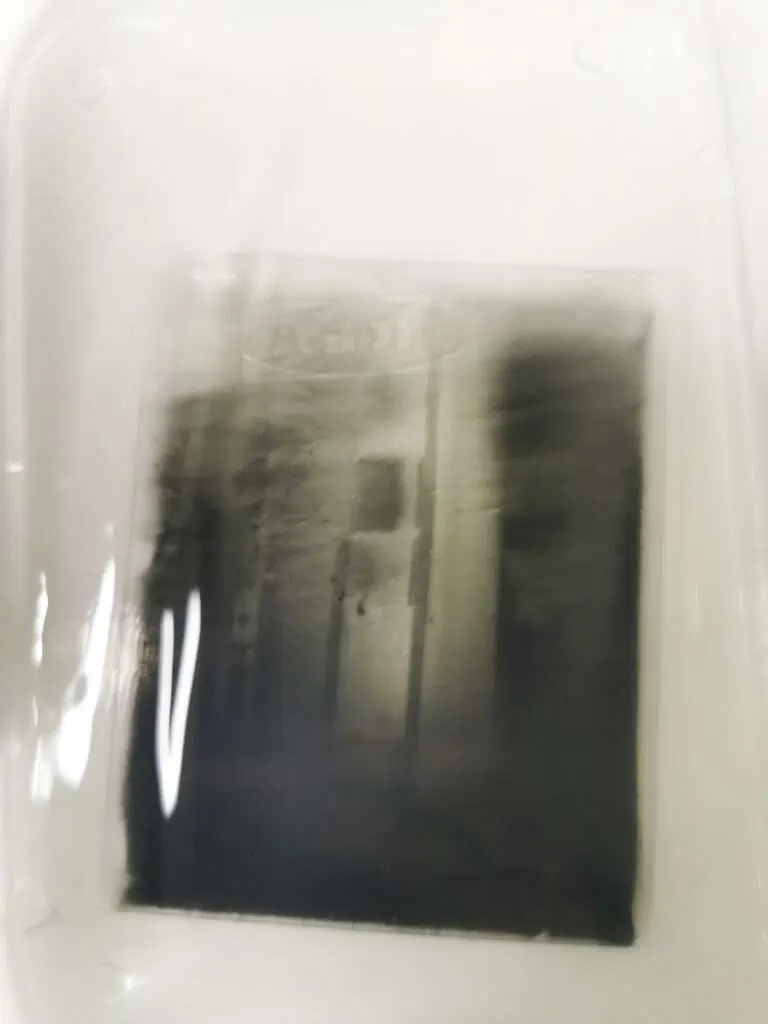
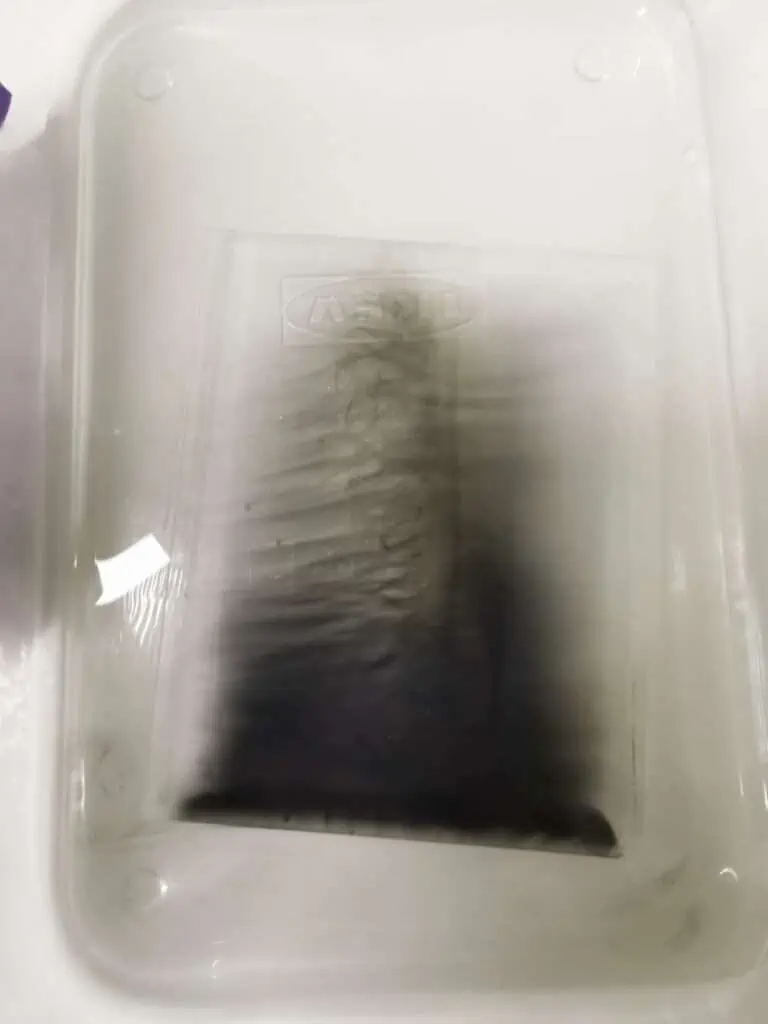
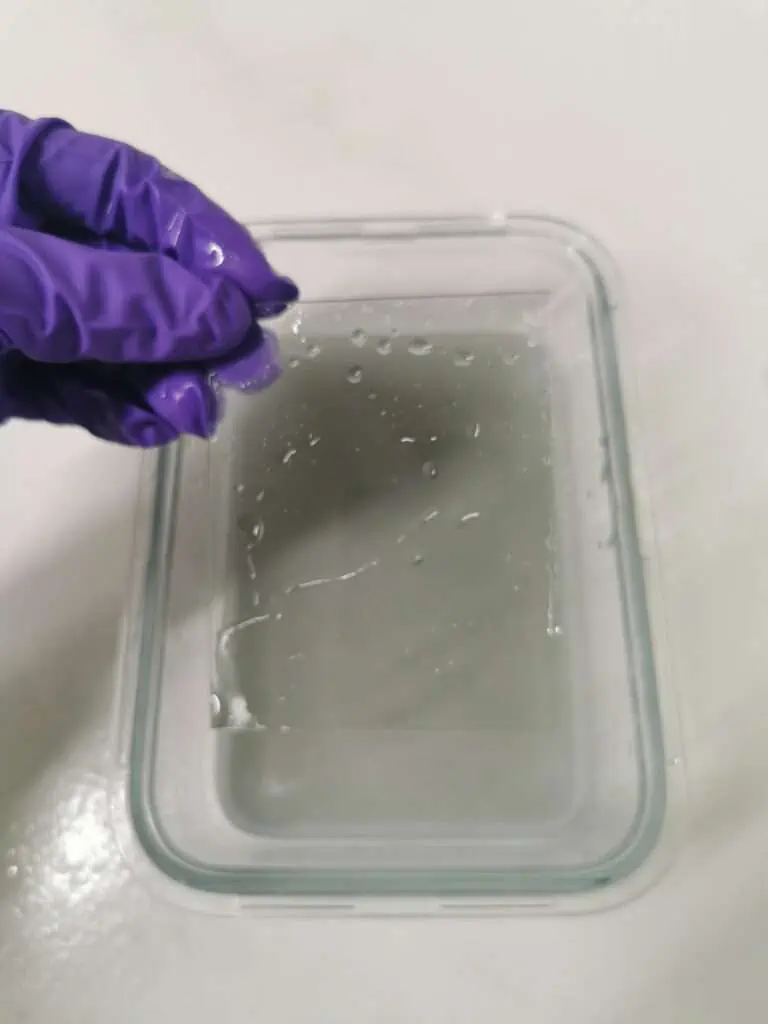
Ready to re-coat
Now you are left with just the base you clean and re-coat it with fresh emulsion. If you would like to learn how to coat Dry Plates follow this link.
I do this very often with my dry-plates and take them back to nature. I am living close to the mountains and it is very cold now during the winter so last weekend me and my gf wished for some warmth and drove to the southern part of Slovenia which has mediteranien climate. We hiked to a natural rock window called Otlica and here is the shot from that trip using recycled plate.
I also made a VIDEO tutorial on how to remove the emulsion 🙂

